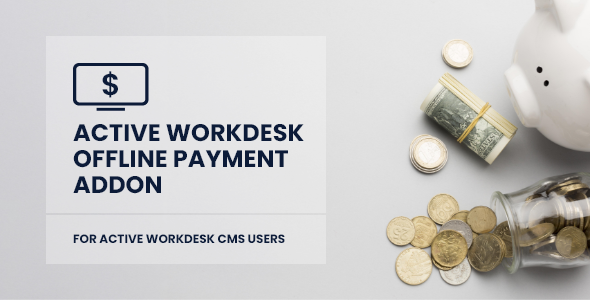
- #WORKFLOW DESKCONNECT ANDROID HOW TO#
- #WORKFLOW DESKCONNECT ANDROID MANUAL#
- #WORKFLOW DESKCONNECT ANDROID ANDROID#
- #WORKFLOW DESKCONNECT ANDROID SOFTWARE#
With that, you can put a job on hold, verify the result, and either proceed or discard the build.
#WORKFLOW DESKCONNECT ANDROID MANUAL#
Other CI services offer the capability to request a manual approval for specific jobs. Often in a CI system, you have a job to publish an artifact out in the public. The workaround is to use a custom action that will open a tmate session for you. Currently, you can’t debug a worker via SSH. This allows you to “compose” your CI with building blocks provided by the community.īut there are still several features that are missing first-party support: The open-source community is developing a lot of custom actions that can be shared and reused by other developers. The ecosystem is vibrant, albeit still pretty young. Github Actions is generally available as of in November 2019. Github Actions comes with some drawbacks as well that you should take into account when choosing a CI system. We definitely don’t want to waste our contributors’ time waiting for a CI status just to report a failure due to wrong formatting. This is especially crucial in the open-source ecosystem. You want to get notified as soon as there is a failure in your CI. Having a faster CI allows you also to reduce the feedback loop time. For instance, Chucker build time went from ~6 minutes to less than 3 minutes. Notably FasterĪll the projects I migrated saw significant improvements in the build speed.
#WORKFLOW DESKCONNECT ANDROID ANDROID#
Workers can build the majority of Android project out of the box without further setup. You don’t have to bother accepting Android Licenses anymore ( yes | sdkmanager and permutations of those commands).
#WORKFLOW DESKCONNECT ANDROID SOFTWARE#
They all have Java and Android already installed and configured (the list of pre-installed software is pretty long). The runners offered by Github Actions allow you to run your build on Linux, Mac, and Windows. When you fork a repository with Actions, you can run builds for your fork out of the box without any setup needed. You don’t have to create any other account anymore and everything is integrated into the Github ecosystem (notifications, PR status, etc.). Enabling them for your repo is as easy as adding a YAML file. If you happen to use Github a lot, you will notice that the Actions tab is one click away. Yet Github Actions has some pros that made it a better fit for most of my use cases. In the past, I used other services such as Travis CI, Circle CI, and GitLab CI. Github Actions is not the only service to set up a CI system. This is how a Continuous Integration process generally looks like.


This will exclude variability introduced by the local developer machine. Moreover, builds and tests are running in an isolated environment. It’s useless to write tests if you are not running themĪ CI system allows you to run your tests every time you integrate a change in your codebase.
#WORKFLOW DESKCONNECT ANDROID HOW TO#
You can find plenty of material online on how to write good tests, but: Having a good CI is crucial in your development flow. With Github Actions, you can automate tasks of your development lifecycle such as build, test, analyze, bundle, release, and deploy. Github Actions is a service offered by Github to set up a Continuous Integration (CI) system for your projects hosted on Github. This first blog-post will serve as an introduction and will help you to get started with Github Actions.

While I migrated real-world projects I collected tips and tricks that will help you get your CI up to speed. In this blog-post series, I will walk you through how to set up your CI with Github Actions. I have to admit that I was amazed by how easy it was to set up, together with the performance boost I gained from it. I’ve recently spent some time migrating several projects of mine to Github Actions. One of the first things I set up when working on a project, is a Continuous Integration (CI) system. How-to Github Actions: Building your Android App


 0 kommentar(er)
0 kommentar(er)
